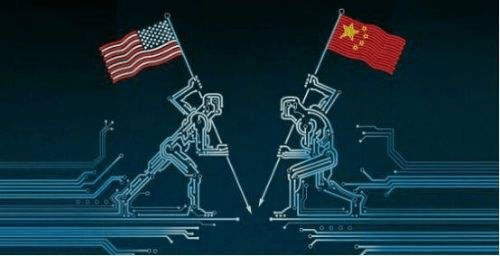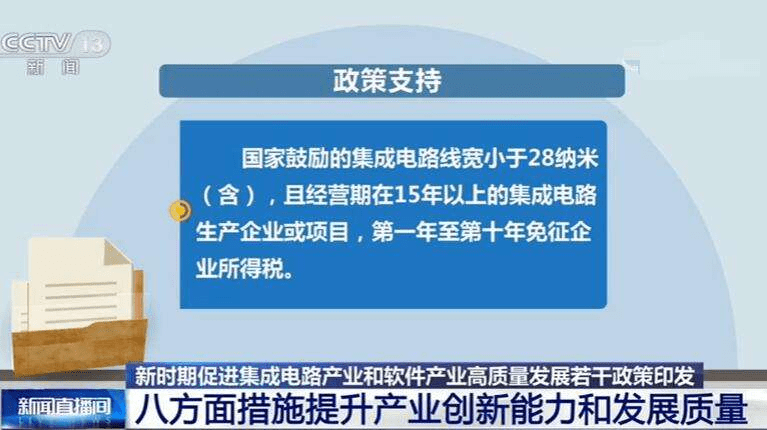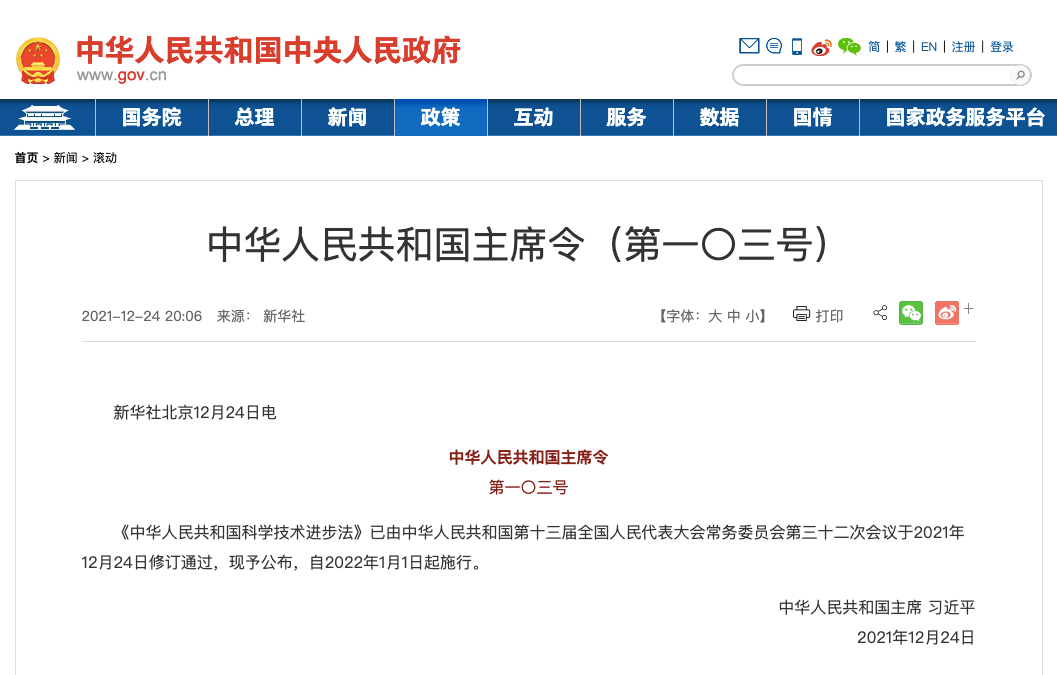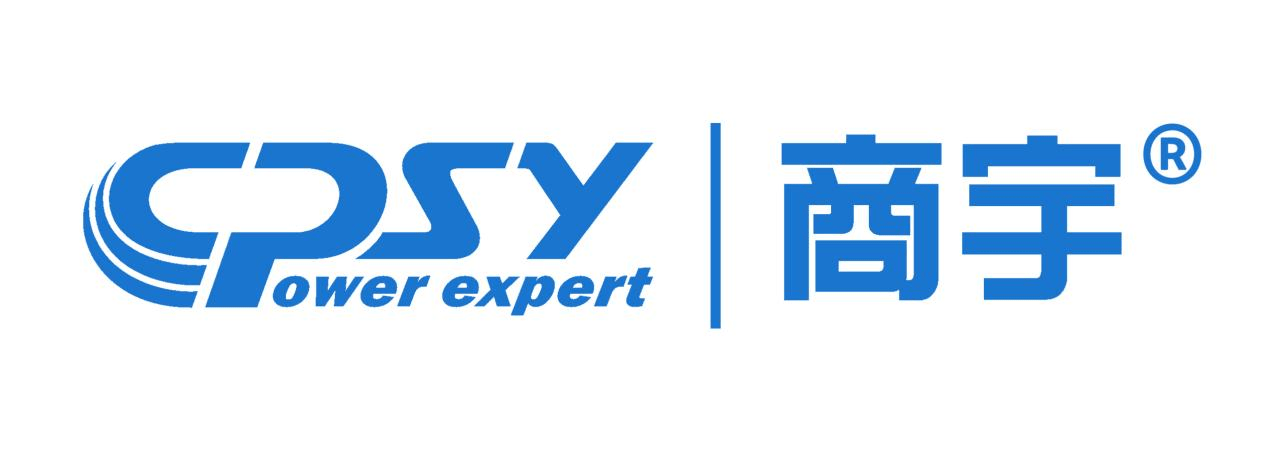- English
- Español
- Português
- русский
- Français
- 日本語
- Deutsch
- tiếng Việt
- Italiano
- Nederlands
- ภาษาไทย
- Polski
- 한국어
- Svenska
- magyar
- Malay
- বাংলা ভাষার
- Dansk
- Suomi
- हिन्दी
- Pilipino
- Türkçe
- Gaeilge
- العربية
- Indonesia
- Norsk
- تمل
- český
- ελληνικά
- український
- Javanese
- فارسی
- தமிழ்
- తెలుగు
- नेपाली
- Burmese
- български
- ລາວ
- Latine
- Қазақша
- Euskal
- Azərbaycan
- Slovenský jazyk
- Македонски
- Lietuvos
- Eesti Keel
- Română
- Slovenski
- मराठी
- Srpski језик
Chip localization is a pain that the data center industry must endure!
"We must firmly hold on to the 'narrow nose' of independent innovation in core technologies, seize breakthroughs in cutting-edge technologies for network development and key core technologies with international competitiveness, accelerate the advancement of domestically produced independent and controllable substitution plans, and build a safe and controllable information technology system."
——Xi Jinping
The road to chip “stuck neck”
On April 16, 2018, the U.S. Department of Commerce issued an announcement that the U.S. government would ban ZTE from purchasing sensitive products from U.S. companies within the next seven years. Since ZTE's baseband chips, radio frequency chips, and memory chips are highly dependent on American suppliers, the chips have become the focus of "sensitive commodities." ZTE entered a state of "shock" after the United States announced sanctions in 2018.

On the evening of May 15, 2020, the U.S. Department of Commerce announced that the U.S. Bureau of Industry and Security (BIS) announced plans to protect U.S. national security by restricting Huawei’s ability to use U.S. technology and software to design and manufacture its semiconductors abroad. "This announcement cuts off Huawei's efforts to undermine U.S. export controls," he added.
On May 22, 2020, the U.S. Department of Commerce added 33 Chinese companies and academic institutions to the "Entity List" on the grounds of "national security." For a time, the entire industry seemed to be back to the time when ZTE was cut off by the United States two years ago.

On February 24, 2022, Russia launched a special military operation into the Donbas region of Ukraine, and the conflict between Russia and Ukraine escalated in an all-round way. As key materials for manufacturing chips, rare gases such as neon, krypton and xenon play a very important role. As the world's most important rare gas producer, Ukraine transports 70% of neon, 40% of krypton and 30% of xenon to the world every year. As the conflict between Russia and Ukraine escalates, the neon-related industrial chain will face the risk of "cutting off supply," and the global chip industry will also suffer a greater impact.
The tragedy of high-end chips
Integrated circuits are known as modern "industrial food". There are many types of chips covering a wide range of fields. In the field of mid-to-low-end chips, Chinese companies already have a certain technology and product foundation. However, in the field of high-end chips such as processors and memories, domestic chip products basically have no competitive advantages. In terms of data processing speed, power consumption, and time, There is a huge gap between performance and foreign manufacturers in terms of latency and other aspects.

According to statistics from the China Semiconductor Industry Association, China's domestic self-sufficiency rate for integrated circuit products in 2021 is only 38.7%. According to data from the General Administration of Customs, the import volume of integrated circuits has exceeded crude oil for three consecutive years starting from 2021, and both The import balance exceeds US$95 billion every year. The huge domestic market demand cannot be met, and the technical bottleneck of high-end chip research and development has never been broken. In addition, according to the Wassenaar Agreement signed in the last century, Western countries have restrictions on equipment exports to China, which greatly affects the advancement and good development of domestic enterprises in chip manufacturing equipment.

At present, although China is already at the world's advanced level in the packaging and testing aspects of the chip industry chain, in the chip design and manufacturing aspects, due to the core technology, large amounts of raw materials, and advanced process constraints involved, the gap between China and the world's leading level is currently very large. , which has resulted in us having no choice but to allow ourselves to be sanctioned by Europe and the United States without the ability to fight back, which is really a pity.
It is imperative to replace chips with domestic production
At present, the supply of high-end chips has been cut off, and everything from hardware to software has been blocked. The situation in the global semiconductor industry supply chain is extremely tense.

When "new infrastructure" becomes a hot topic in the market, the development of the semiconductor industry cannot be ignored, and infrastructure such as 5G, artificial intelligence, industrial Internet, and data centers are inseparable from computing power and chips. It is imperative to accelerate the localization of chips, use the power of the government, integrate the domestic semiconductor industry chain, and try our best to get more downstream companies to get rid of their dependence on the United States! Although various industries have experienced the pain of "chip stuckness" for a period of time, from a long-term perspective, the pain at this stage is to accelerate the promotion of domestically produced independent and controllable replacement plans, take core technologies into our own hands, and seize the right to speak in the market. It is worthy and must be faced by everyone.
governmental support
From a domestic macro level, in terms of policies, from the early "02 Special Project" to the 《National Integrated Circuit Industry Development Promotion Outline》, 《Made in China 2025》, and 《Enterprise Income Tax Policy to Encourage the Development of the Integrated Circuit Industry》 in recent years Policies such as these all demonstrate the country’s determination to vigorously develop the semiconductor industry.

In terms of capital investment, the first phase of the national large fund raised nearly 100 billion yuan, with actual investment of 138.7 billion yuan. It also led local governments to establish integrated circuit industry funds of more than 300 billion yuan, totaling 467.1 billion yuan. The first phase of the Big Fund has invested in a total of 45 companies, including 1 listed company and 26 unlisted companies, basically covering the core companies in the semiconductor industry chain.
Industry blue ocean
Domestic chip replacement has a very large market size in China and has very broad application prospects. From an industrial perspective, China's semiconductor industry estimates show that my country's integrated circuit sales revenue will reach 884.8 billion yuan in 2020, with an average growth rate of 20%, which is three times the global industry growth rate in the same period.

At the same time, with the explosive growth of market demand, the world's production capacity centers have gradually begun to tilt towards mainland China. Domestic and foreign semiconductor giants have increased investment in mainland China's semiconductor production lines, such as Intel, Samsung, SK Hynix, TSMC, etc. Or plan to build a factory in my country. Strong policy support, willingness to spend money on capital, and rapid industrial development are great benefits for the entire semiconductor industry. More production lines entering China mean strong demand for semiconductor equipment.
Localization of Shangyu product chips
On December 24, 2021, the President of the People's Republic of China issued the 《Order of the President of the People's Republic of China (No. 103)》 in accordance with the decision of the National People's Congress and its Standing Committee:

On December 24, 2021, the 32nd Meeting of the Standing Committee of the 13th National People's Congress of the People's Republic of China revised and passed the 《Science and Technology Progress Law of the People's Republic of China》 (hereinafter referred to as the 《Science and Technology Progress Law》).
Among them, Article 91 clearly states:
"Government procurement shall purchase the scientific and technological innovation products and services of natural persons, legal persons and unincorporated organizations within the country, provided that the functions, quality and other indicators can meet the needs of government procurement; if they are put on the market for the first time, government procurement shall be the first to purchase them, and shall not Restrictions will be imposed on the grounds of commercial performance. If the products purchased by the government are yet to be researched and developed, they shall be implemented through ordering. The purchaser shall give priority to competitively identifying scientific and technological research and development institutions, universities or enterprises for research and development. After the product development is qualified, the purchaser shall Agreed purchase.”

It is not difficult to see that the current localization rate of domestic high-end scientific instruments is low. However, the government has introduced policies at the legal level to encourage enterprises to strengthen original innovation and guide domestic enterprises to build core independent intellectual property rights. The process of domestic substitution will be accelerated, and related scientific instrument companies will significantly Benefit.
According to Global News, Wen Xiaojun, director of the Electronic Information Research Institute of the China Electronic Information Industry Development Research Institute, said in an interview that domestic 14nm chips can achieve mass production by the end of 2022, and domestic chips have ushered in their best moment.

We must know that more than 90% of the domestic demand for chips is based on 14nm and above process technologies. Therefore, as long as we can complete the localization of these chips, the import share of European and American chips will be greatly reduced. The research and development technology achievements of 14nm chips will It basically covers the entire integrated circuit industry chain system in my country, reversing the previous passive situation of introducing a complete set of process technologies.

Shangyu (Shenzhen) Technology Co., Ltd. was established in 2011 and is headquartered in Guangming District, Shenzhen. It is an industry-leading energy-based product equipment manufacturing service provider, integrating R&D, design and manufacturing (including UPS power supply, precision air conditioning, precision power distribution , micro-module data center, battery, photovoltaic inverter, smart charging pile, outdoor mobile power supply and other products) as a national high-tech enterprise.

The road is blocked and long, but the road is coming. Regarding the design and selection of chips at this stage, Shangyu's R&D team will closely contact domestic mainstream chip manufacturers and actively explore diversified chip replacement and optimization solutions to avoid the impact of chip shortages on enterprises while ensuring product quality and performance. Ensure that we can continue to launch more market-competitive Shangyu brand products and services to meet the high standards of industry customers for high reliability and high intelligence of data center product equipment.

Continuously innovative technology is the goal pursued by Shangyu. The power supply R&D center established at the Shenzhen headquarters has an industry-leading R&D laboratory. Strong R&D capabilities ensure the advancement and innovation of Shangyu's product technology and services. Shangyu Company has been deeply involved in the domestic market for many years. With its strong technical research and development strength, reliable product quality, and complete, fast and efficient after-sales service system, it has been unanimously recognized by users in various domestic industries. Its products have been widely used in government, finance, Tens of millions of users in industries such as telecommunications, electric power, transportation, scientific research institutes, manufacturing and the military are relying on Shangyu UPS to provide them with a safe and reliable power environment.
(PS: The content of this article is compiled based on public information on the Internet. If there is any inappropriate use of the material, please contact us to delete it. Thank you!)



